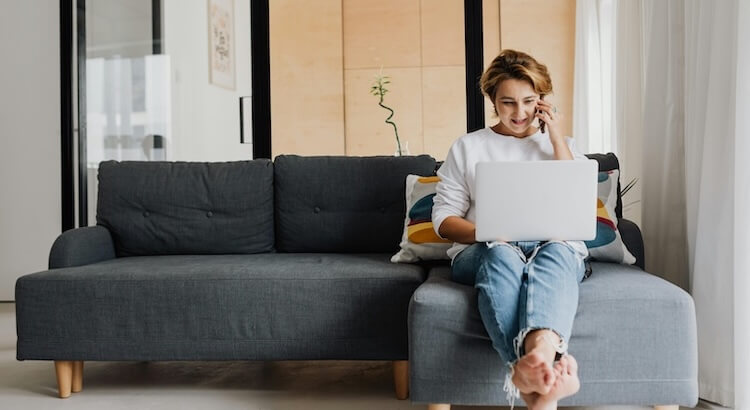Understanding Transcription and Translation: Key Steps for Effective Communication
Transcription and translation are both crucial processes for sharing and understanding information. While these terms have roots in genetics, they also describe important services for businesses, educators, media producers, and anyone who shares spoken content with wide audiences.

What Is Transcription?
In simple terms, transcription means turning spoken words into written text. This process involves listening to an audio or video recording and writing down exactly what was said.
Common Uses of Transcription
- Public speeches
- Interviews
- Podcasts and webinars
- Market research analyses
- Meetings and financial reports
Having a written record is valuable because:
- It makes information easy to search and reference.
- It helps reach audiences who prefer reading over listening.
- It supports accessibility for people with hearing impairments.
- It provides material for translation and localization.
Manual vs. Automated Transcription
You can type out recordings yourself, but professional transcription services save time and increase accuracy. Services like automated transcription use AI to quickly transcribe audio, but proofreading by humans ensures the results are clear and correct.
Accuracy matters. A 2023 study found that human-generated transcripts are up to 99% accurate, which is higher than most automated options (Statista, 2023).
Transcription Proofreading
After transcription, it’s important to proofread to catch errors. Transcription proofreading services provide expert review for polished, reliable text.
What Is Translation?

After you have a transcript, the next step is translation. Translation means changing the language of your text—so a wider audience can understand your message.
Why Translate Your Content?
Businesses and content creators use translation to:
- Reach global markets
- Communicate with non-English speakers
- Build trust with customers in their native language
- Comply with legal or regulatory requirements
Good translation is about more than swapping words. Translators consider:
- The original context
- Cultural differences and customs
- The intended message and tone
Poor translation can lead to misunderstandings or harm your brand’s image. Working with skilled professionals ensures your meaning is clear in every language. For specific needs, services like text translation or audio translation are available.
How to Prepare for Translation
Before translating, ask yourself:
- Who is your audience?
- What do they expect in terms of language and style?
- Which languages and dialects do you need?
Planning ahead helps avoid extra time and costs. Fast turnaround matters: 66% of businesses say timely translation improves their international relationships (CSA Research, 2021).
Adding Captions and Subtitles
To make videos accessible and engaging in different languages, you may need closed caption services or subtitling services. This ensures viewers understand your content—regardless of language ability or hearing.
Captions vs. Subtitles
- Captions: Show all spoken words and often sound effects in the same language as the audio.
- Subtitles: Translate spoken dialogue into another language for viewers.
Adding these features not only expands your audience but also improves engagement and retention rates by over 40% (Verizon Media, 2019).
Cost and Accessibility
The cost of transcription or captioning services varies based on turnaround time, language, and file length. Many providers now offer AI transcription subscriptions to save money for high-volume users.
Choosing the Right Service Provider
When you select a transcription or translation provider, consider:
- Accuracy guarantees
- Confidentiality of your information
- Timely delivery
- Support for the languages you need
- Transparent ordering process—see how easy it is to order transcription or order captions.
Conclusion: Streamline Communication With Professional Services
Transcription and translation are vital for reaching bigger audiences, enhancing accessibility, and ensuring clear communication across languages. By using expert providers like GoTranscript, you get professional transcription services, accurate translations, and reliable captioning or subtitling for your content.
Whether you need human or automated solutions, GoTranscript has options to fit every need and budget. Explore their full service range for fast, secure, and accurate support.



















 Verified Order
Verified Order